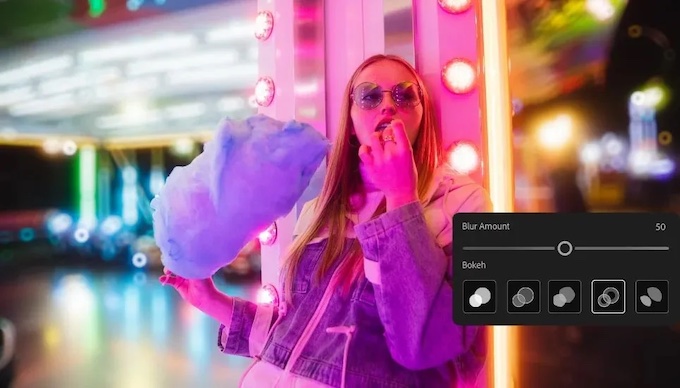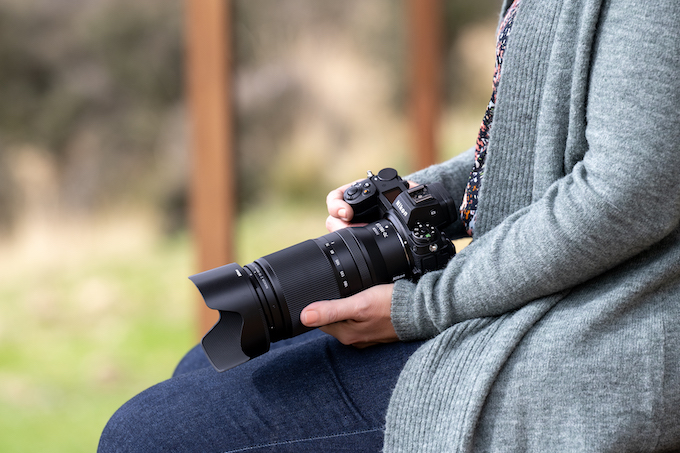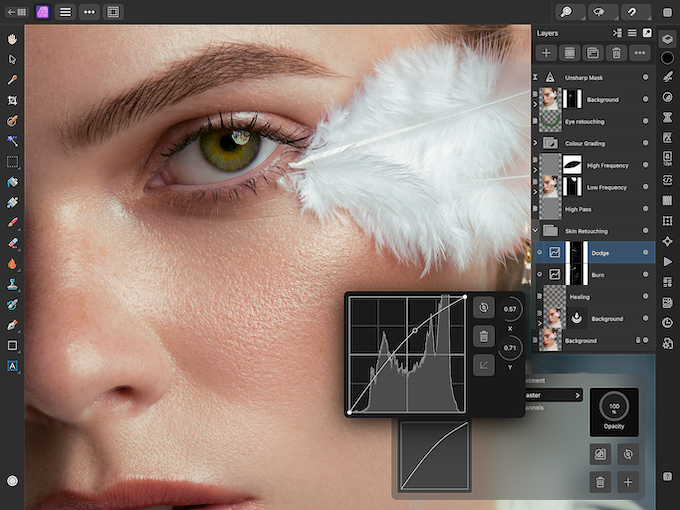Lightroom Mobile Will Change How You Do On-the-Go Workflow
September 30, 2015
With the release of Lightroom Mobile last year and the substantial Adobe Creative Cloud update this summer, it’s increasingly plausible to take your photographic workflow on the road without your laptop. Here’s how.
Going Mobile
To enjoy a mobile workflow with Lightroom, you’ll need to subscribe to Creative Cloud ($10/month) and make sure all your apps are up to date. Unfortunately, standalone Lightroom users are frozen out of Lightroom’s mobile capabilities.
Lightroom Mobile is built around a “Smart Preview” image file. It’s a smaller file than your original JPEG or RAW image so it won’t clog your mobile device’s memory (they’re roughly 1.5-2MB in size). Any edits you make to the Smart Preview are saved (non-destructively) and are automatically synced with your desktop collection whenever you’re online.
Desktop > Mobile
There are two ways to import images into Lightroom Mobile: either through your mobile device’s camera roll or by syncing collections using Lightroom desktop. Use the camera roll import if, for example, you’ve wirelessly transferred JPEGs from your DSLR or want to edit an image you’ve snapped with your smartphone. Those images will sync with Lightroom desktop and appear in your Collections panel under the obviously named heading: “From Lr Mobile.”
Use the desktop sync if you want to work on RAW or JPEG images you’ve shot with your camera and have already imported into your PC or Mac. To sync desktop images, you’ll need to create a Collection in Lightroom and check “Sync with Mobile” when prompted to name your Collection. Existing Collections can be synced simply by checking a box on the far left side of the Collections panel. Note that Lightroom’s Smart Collections—the collections you make according to rules like star ratings or color labels—cannot be synced with a mobile device.
Get to Work
While you don’t get the full desktop experience on a mobile device, Lightroom Mobile is exceedingly useful when it comes to tasks like reviewing, rating, labeling and rejecting images from the day’s shoot, in addition to basic edits to exposure, color temperature and more. All of these features will be fairly straightforward to Lightroom desktop users, but just like there are handy keyboard shortcuts on the desktop, there are a few finger swipes you need to learn to speed your mobile workflow along:
• Two finger tap: When reviewing an image, a two-finger tap will pull up a histogram.
• Hold three fingers down: When editing, holding three fingers down on the display will show you a “before” version of your image.
• One finger swipe up/down: When reviewing images, a finger swipe down will reject it, while a finger swipe up will pick it.
• One finger hold/one finger slide: When editing your exposure, holding one finger on the slider and one finger on the image lets you view a clipping mask to show you areas of overexposure in your image. Be sure to put your finger on the exposure slider first, then place your second finger on the image—it won’t work the other way around.
Cool Tether Trick
Let’s say you’re doing a tethered shoot in your studio and want your clients to view the images on your tablet. You could simply open a synced Collection on Lightroom Mobile and hand them the tablet—but that means they’re seeing everything you do (including the occasional mistake). To be more selective, you can create a new Collection on the tethered desktop/laptop and click the “Set as Target Collection” option in addition to the “Sync to Lightroom Mobile.” Then, as you shoot, you can review images and, if you like them, can hit “B” on your keyboard to send them into the Target Collection. This way, only images you’ve pre-screened can make their way into Lightroom Mobile during your tethered shoot.
Related: 7 Must-Tap Apps for Photographers
Product Roundup: 15 Ways To Take Your Business On the Road




